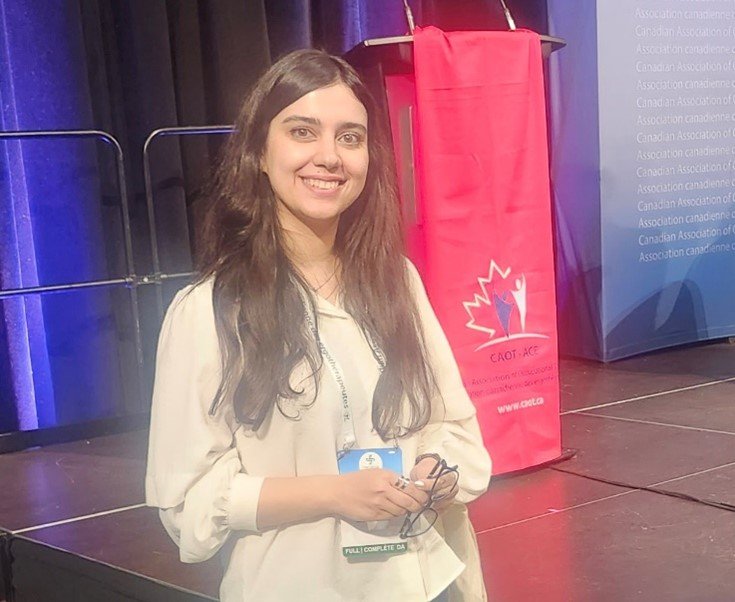Let's Talk About Playing
If I can name just one activity that all of us have done (aside from those necessary ones like eating and sleeping), it would be the lovely word “play”!
Play has not always thought to be important. Many believed kids play just because they have extra energy to burn. You probably will reject this belief. If you have ever seen a child play, they look so fresh and happy afterwards, rather than just tired! At some point, researchers took an interest in the importance of play. This movement was started by Mead in 1934, where the importance of play as socialization was discussed. This discussion continued with Bateson, who said that play is a skill which is required to function and this concept was further developed by Freud, Piaget, Vygotsky, and others who pointed out different developmental milestones that were related to play. Many researchers studied how kids can learn through playing; they learn how to think, react, problem-solve, and so on. Many toys have since been marketed with educational purposes, like improving attention, eye-hand coordination, or memory.
This began the idea that kids play to experience those educational benefits. “Come and try this one, which is good for your attention, memory, this and that and everything!” From a research and therapy perspective, many seemed to forget the initial purpose of playing: having fun! We forgot that play is a human right. Kids with diverse needs have fewer opportunities to play. We owe children with disabilities a playful world. How can we help children with diverse needs to play more and better? We can’t assume we know what “play” means to them. How can we come to understand “play” from their perspective? Who better to ask than kids with disabilities and their families? In our study, entitled ‘The role of technology in facilitating play for children with physical disabilities: development of the Dice Model of Play’, we have begun to address this question by interviewing families about play and what it means to them.
Our research team is interested in how we can facilitate play for children with diverse needs. Literature shows that technology has the potential to help children play. But how? This is our next phase of research. After we complete the interviews with children and their families, we will go to the children’s homes with a Lego robot to build with our participants. We will play with them for eight weeks with robots and eight weeks with conventional toys. We will learn if robots can facilitate playing better than conventional toys.
We will use our results to create a play model to help understand what children perceive play. We will check our findings with a group of experts and address probable gaps. We will then make changes to further refine the model. Maybe our grandchildren will someday write: Our ancestors knew that play is important because it is “play”!
Do you have a child with physical disabilities who is between 3 and 8 years old and does not have any other major diagnosis? If so, you might be eligible for this study. Please email me to discuss this opportunity! (I am Minoo! Talking about playing is more fun than starting by introducing myself. I am the primary researcher of this play project and a big fan of play!).
Minoo.DabiriGolchin@umanitoba.ca
I would also like to express my sincere appreciation to the ENRRICH Catalyst Grant Competition for funding this project. Thank you, ENRRICH, for supporting playing!
Published June 4, 2024
About the Author
Minoo Dabiri, PhD (Occupational Therapy)
Postdoctoral fellow
Department of Occupational Therapy, University of Manitoba
I have been working in the "play" area since I was a master's student. I started my research by working on play assessment tools. In my Ph.D. I worked on designing an interventional package for enabling children with Attention Deficit with Hyperactivity Disorder to participate in the play. Working with Dr. Jacquie Ripat on play for children with physical disabilities with the help of technology is what I am currently doing. My main concern is to enable children to play, for the sake of play rather than its benefits. As play is a human right, we try to use technology to help children reach their rights.


